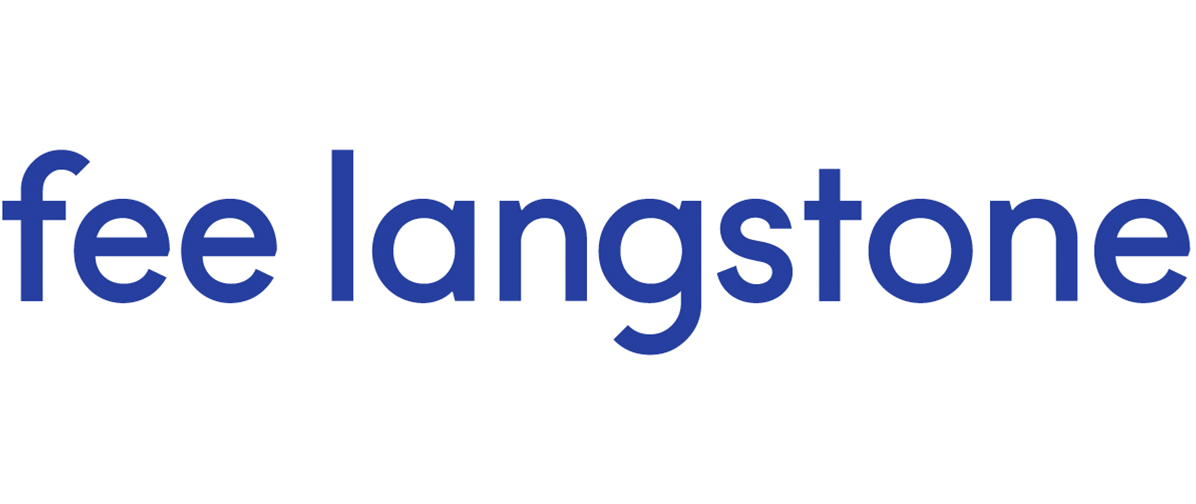Supreme Court Refines Measures of Damages Test for Negligent Misstatement - Routhan v PGG Wrightson Real Estate Ltd
/The Supreme Court has released its much-awaited decision of Routhan v PGG Wrightson Real Estate Ltd regarding how damages should be measured where a professional has negligently supplied critical information that induces a commercial transaction. Crucially, the decision comments on the relevance of the SAAMCO[1] principle in New Zealand law, an issue of great interest to liability insurers and their clients.
Background
In 2010, the Routhans purchased a dairy farm near Hokitika, relying on representations from real estate agent, PGG Wrightson Real Estate Ltd (PGG), that the farm’s milk production consistently averaged 103,000 kgMS per season. In fact, production was in decline. Unable to meet the expected returns, the business deteriorated, and the farm was sold under pressure from lenders in 2020.
The Routhans brought claims in negligence and under the Fair Trading Act 1986 against PGG, arguing they would not have purchased the property had they been correctly informed. The key question was the extent of liability for the losses which flowed from the purchase – in particular the extent to which losses arising from the continued operation of the farm could be sheeted home to PGG.
High Court and Court of Appeal
The High Court awarded the Routhans $1.7 million in damages, including overpayment in the purchase price of the farm, loss of equity, and capital expenditure. It made a 20% reduction for contributory negligence.
PGG appealed. The Court of Appeal reduced the damages awarded to $300,000, applying the SAAMCO principle to limit compensation to the overpayment alone. It ruled that PGG’s duty of care did not extend to the broader risks associated with operating the farm.
Supreme Court: Scope of Duty Reconsidered
The core issue before the Supreme Court was whether the Court of Appeal was right to limit PGG’s liability. The Court also addressed the relevance of the SAAMCO principle in New Zealand negligence law.
A majority of the Court (Glazebrook, Kós and Miller JJ) found that PGG’s duty of care extended beyond avoiding an overpayment of the purchase price. It considered that PGG had assumed responsibility for the accuracy of production data, understanding it would inform the Routhans’ business planning, not just their valuation assessment.
Accordingly, the majority concluded that some post-purchase losses were within the scope of the risks PGG were liable for, including costs incurred in attempting to bring the farm up to the falsely represented production level.
Winkelmann CJ and Ellen France J dissented on this point, agreeing with the Court of Appeal that PGG’s responsibility did not extend beyond pricing-related loss. They also highlighted that some losses stemmed from a misunderstanding unrelated to PGG's role—such as differences in farming methods used by the former owner.
Application of SAAMCO
The Court affirmed that SAAMCO remains part of New Zealand law, specifically the “scope of duty” principle it underpins. However, the judges diverged on its application.
While most agreed it could serve as a valuable ‘cross-check’ on liability, the majority rejected the Court of Appeal’s approach of applying it as a default cap on damages. Glazebrook, Kós, and Miller JJ emphasised that professional liability should reflect the risks actually assumed and not be artificially curtailed by a generalised test.
Kós J, while differing on framework, supported this broader conception of assumed risk as a way to ensure fairness in damage allocation.
Final Damages Award
The judgment set damages at $780,500, comprised of:
$480,500 for overpayment due to misrepresented production levels.
$150,000 for additional fertiliser expenditure aimed at meeting the expected output.
$150,000 for re-pasturing efforts initiated on professional advice.
Claims for revenue shortfalls, supplementary feed, capital improvements, and higher debt servicing were rejected, either as too remote, not caused in fact by PGG’s breach, or insufficiently established by the evidence.
Glazebrook, Kós, and Miller JJ also dismissed PGG’s cross-appeal seeking further reductions, and rejecting the claim that the Routhans were contributorily negligent for the losses where damages were ordered. The evidence before the High Court showed they relied on professional advice and took reasonable steps to maximise production based on the information supplied.
Significance
This decision affirms what was a long-standing principle, namely that professionals can be liable for consequential losses beyond transactional overpayment so long as those losses arise from the risks for which they assumed responsibility.
However, Courts seemed to regard SAAMCO as a useful analytical aid, rather than a principle of law.
For professionals, the decision reinforces the importance of clearly defining the scope of a retainer and scrutinising the nature of reliance when assessing liability and quantum.
[1] South Australia Asset Management Corp v York Montague Ltd [1997] AC 191 (HL)








